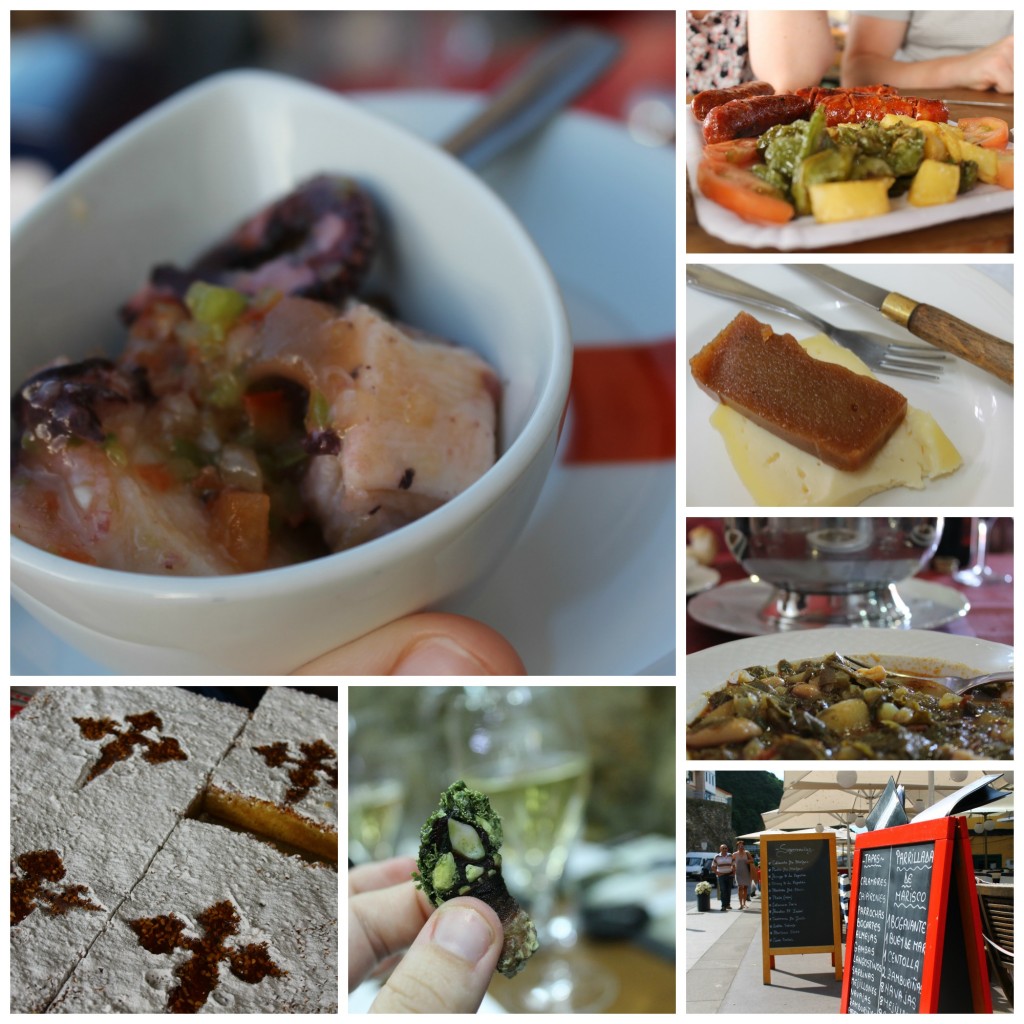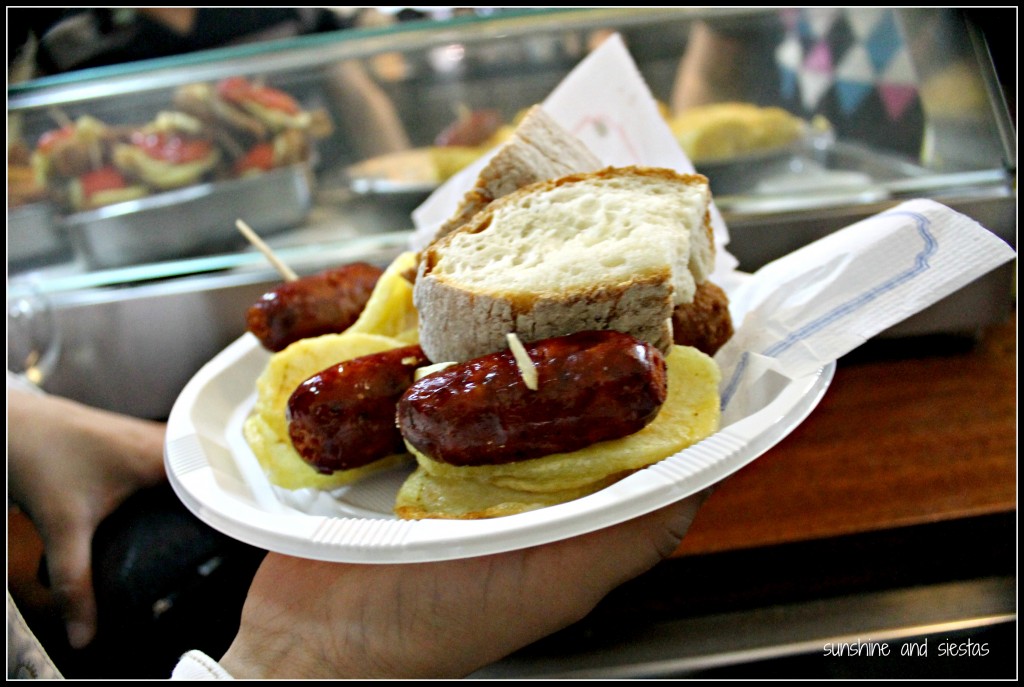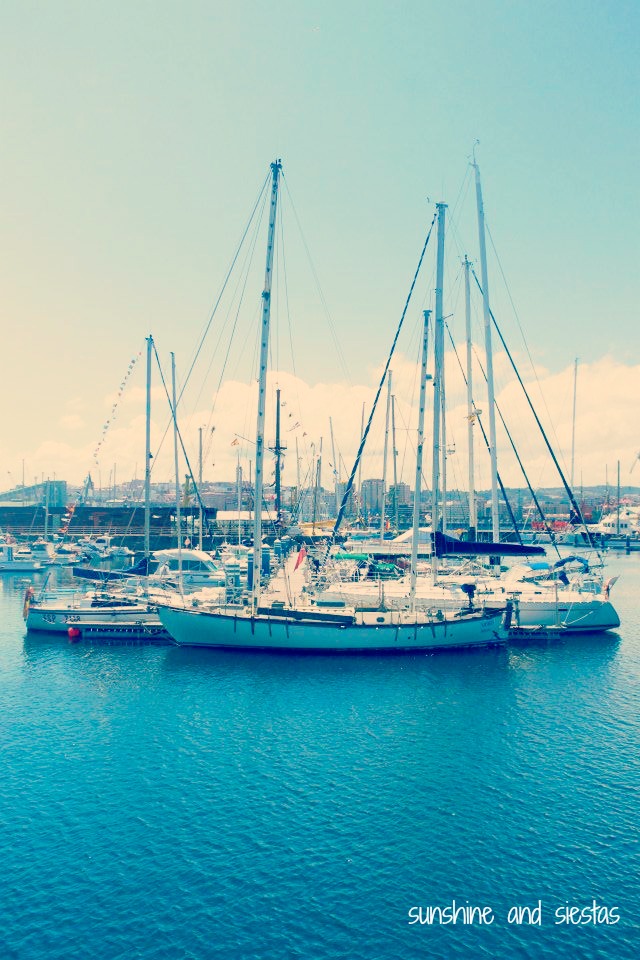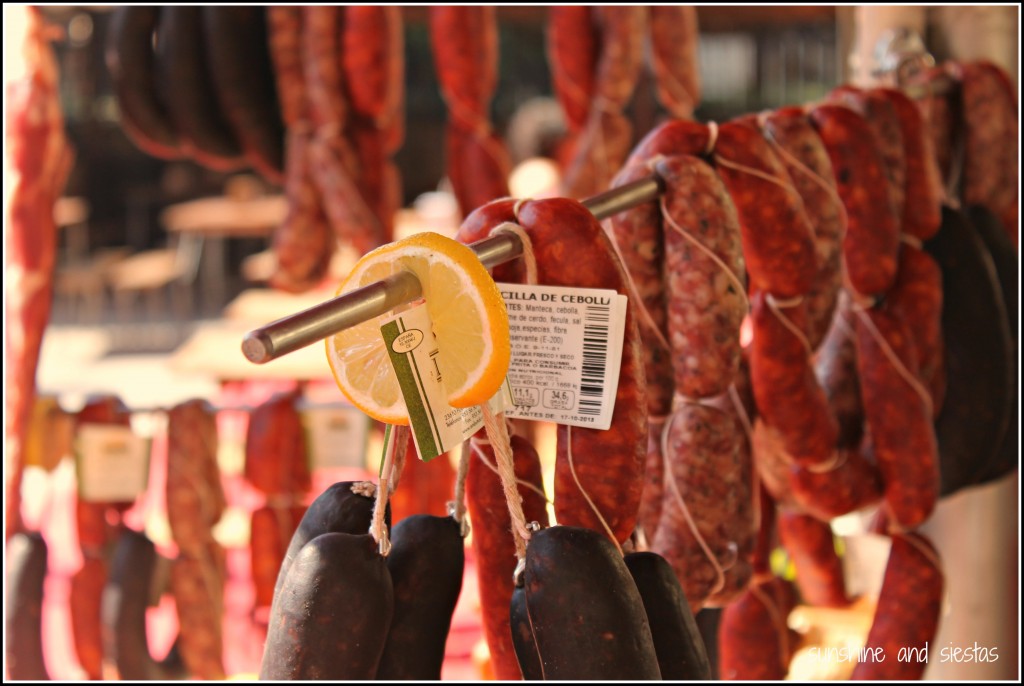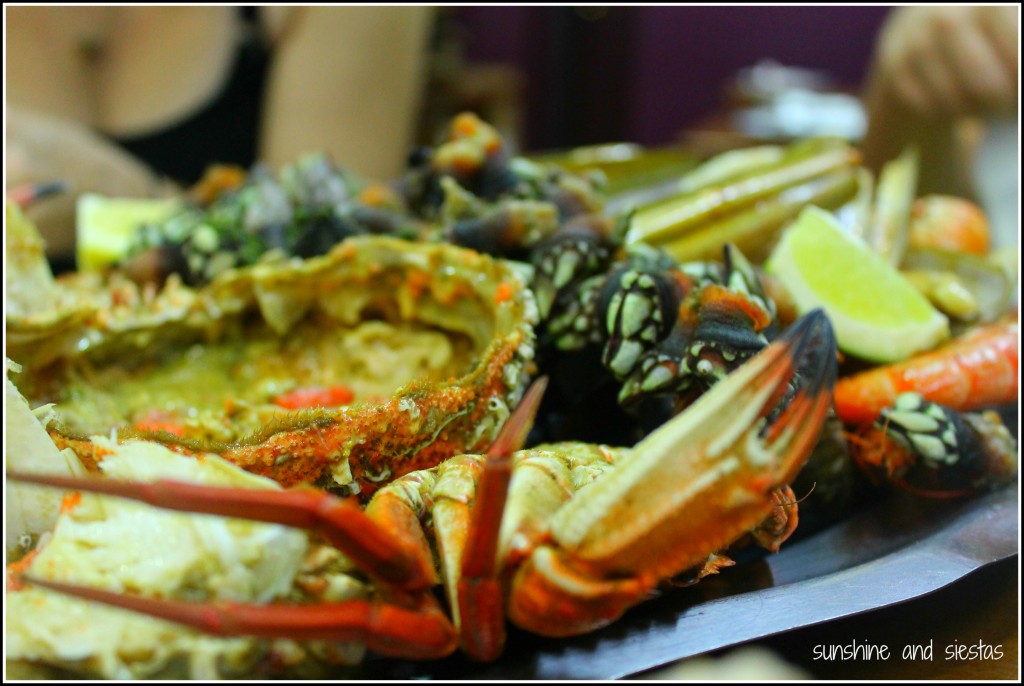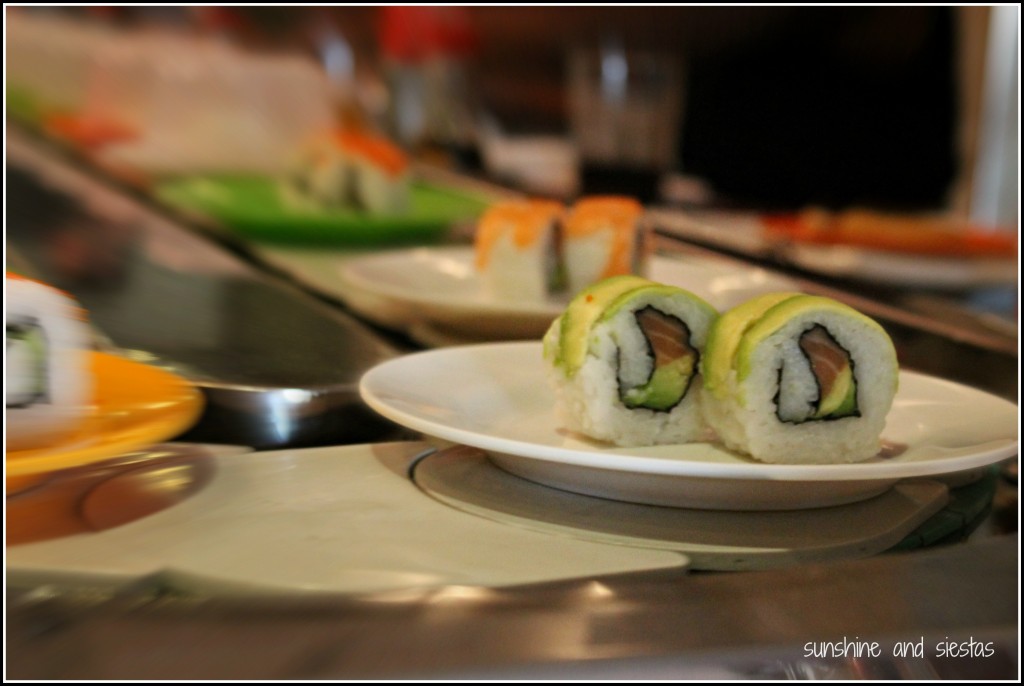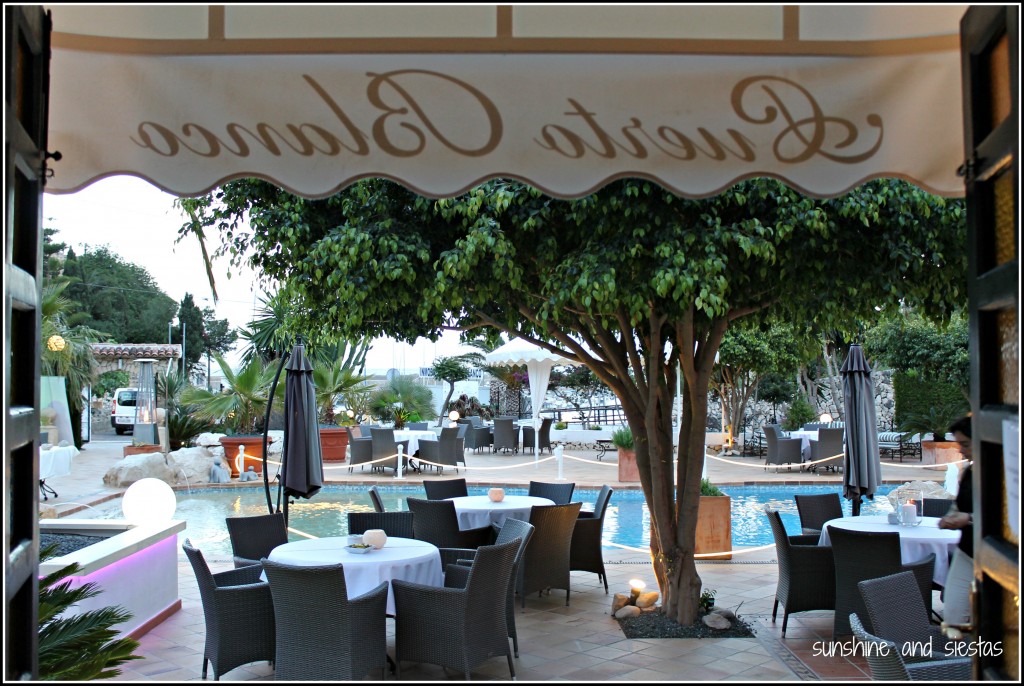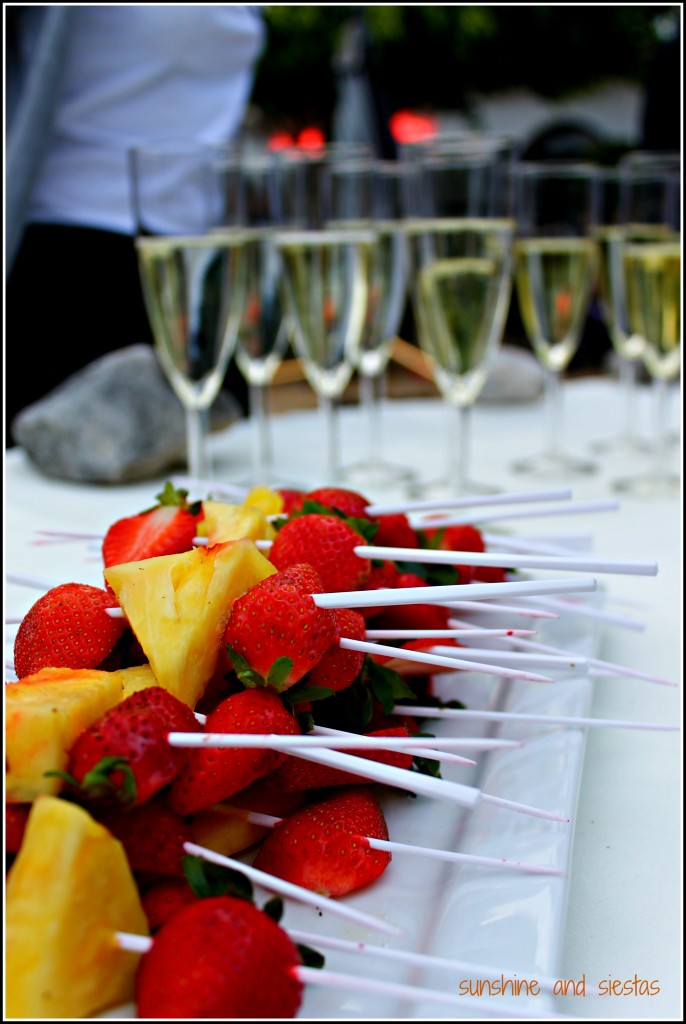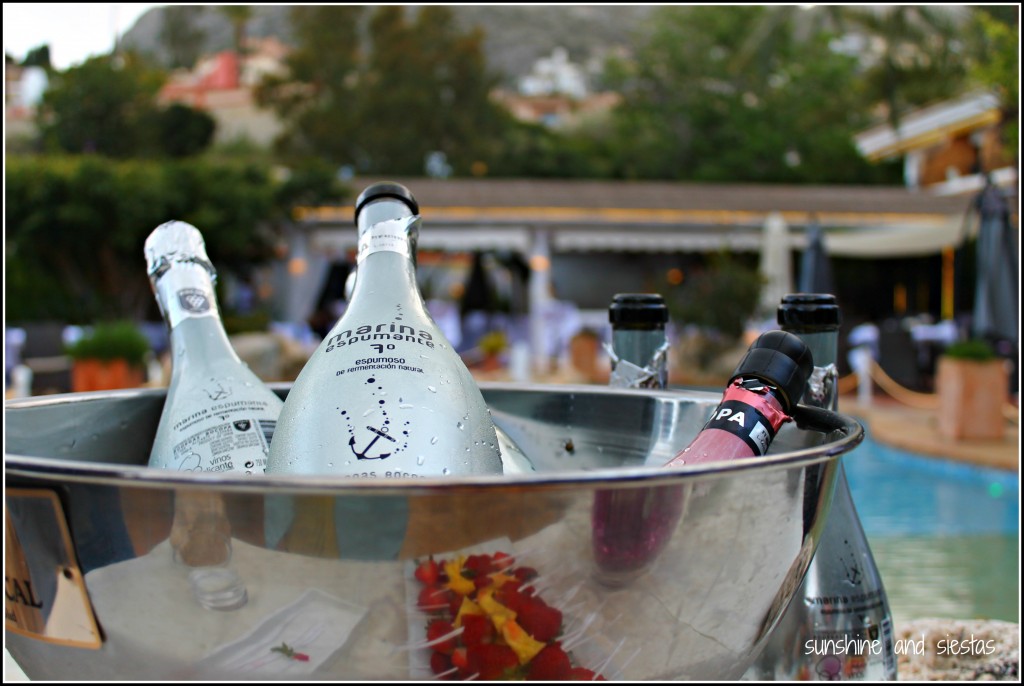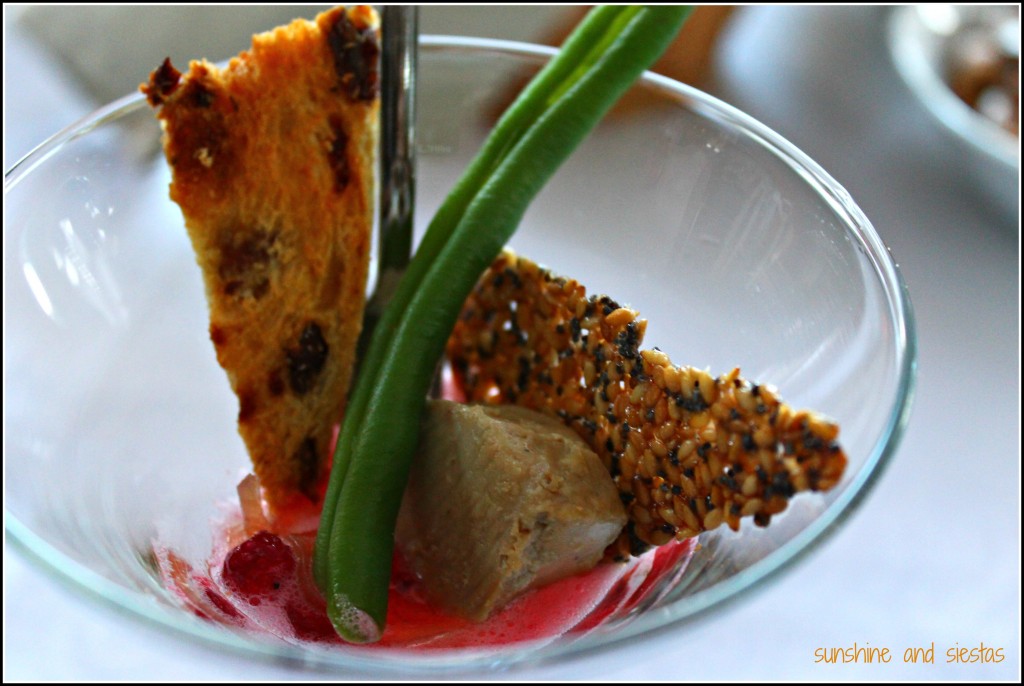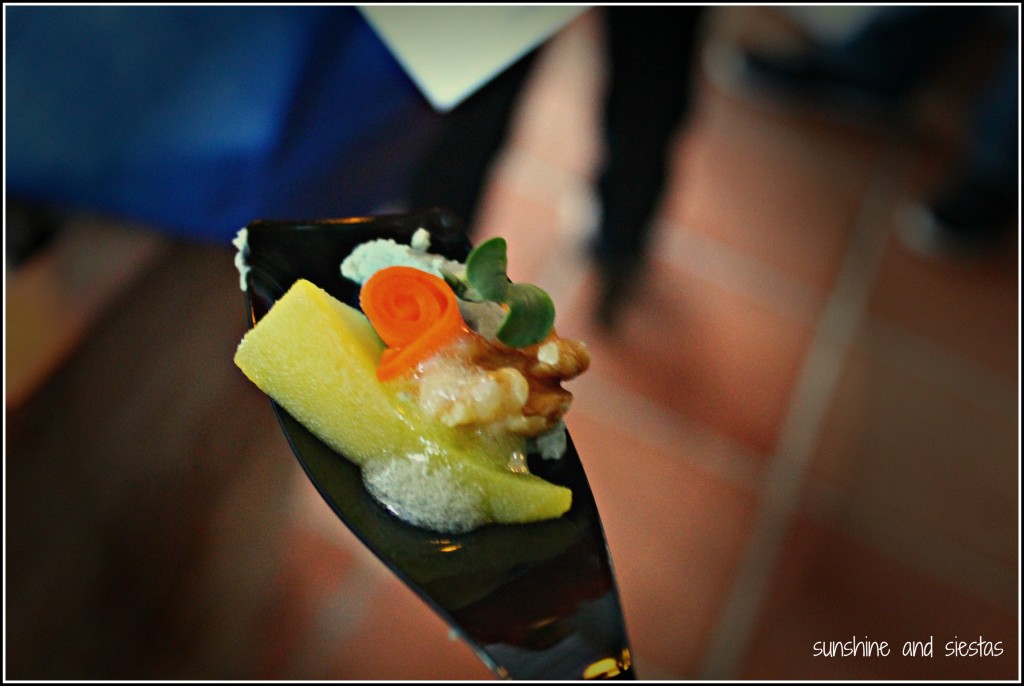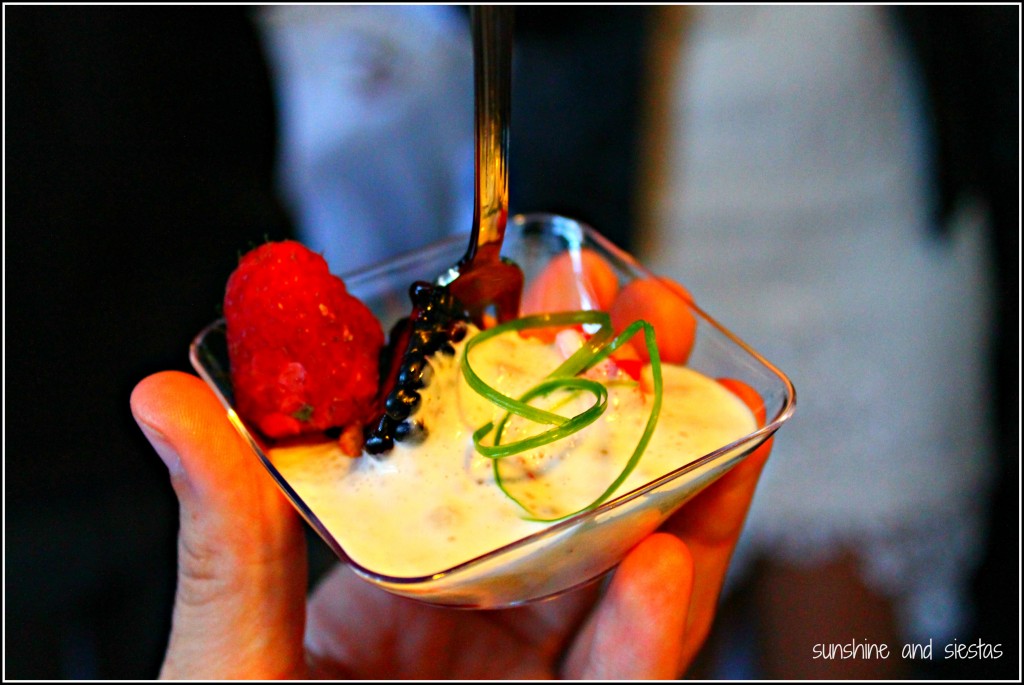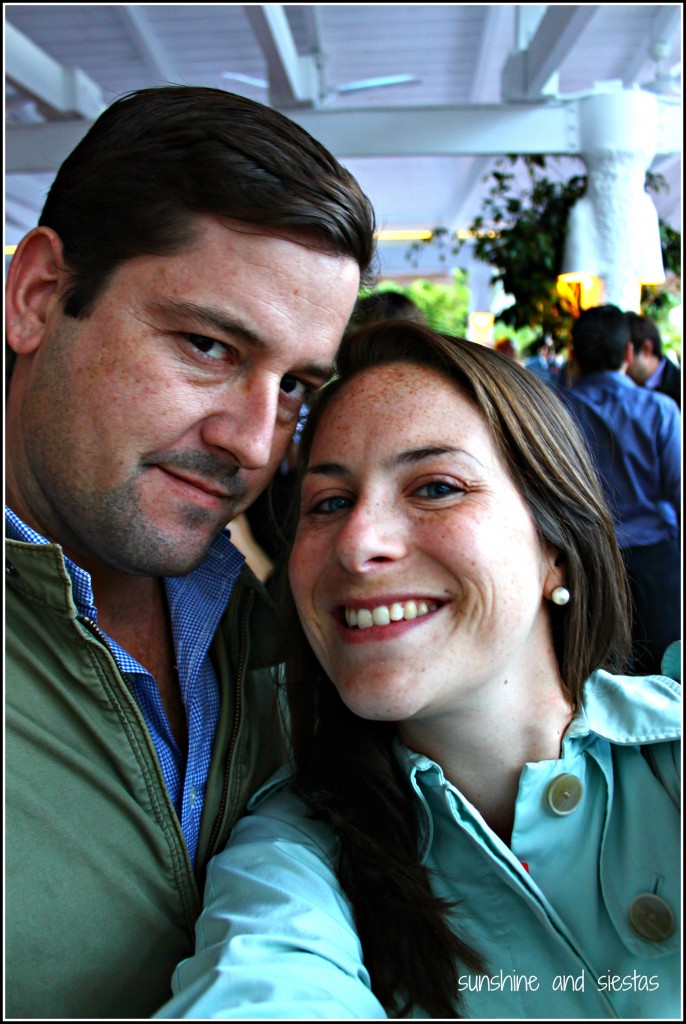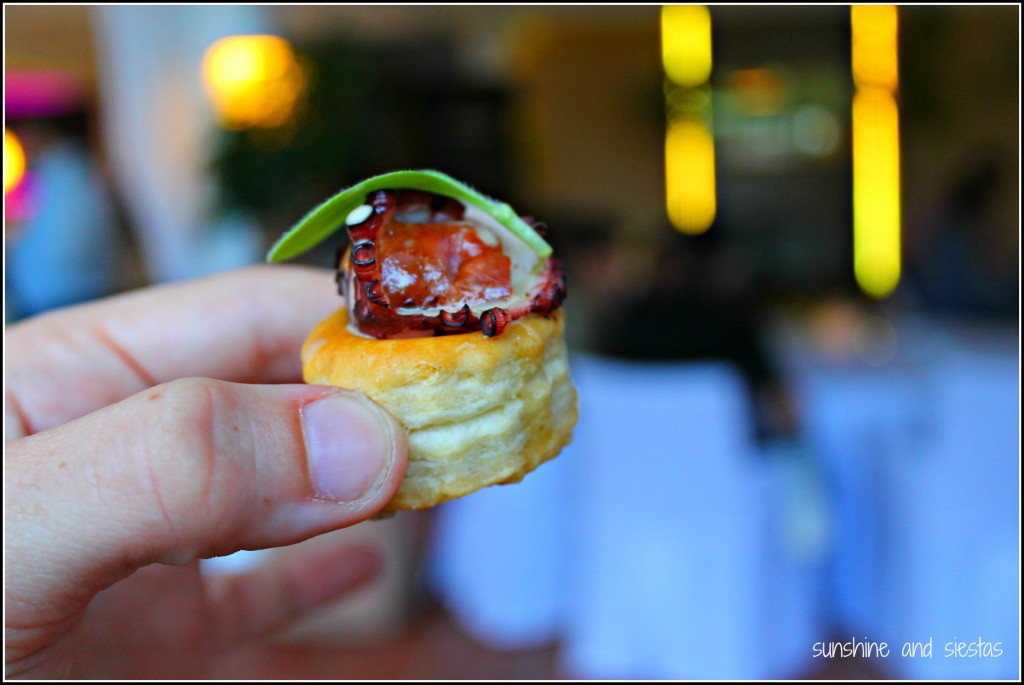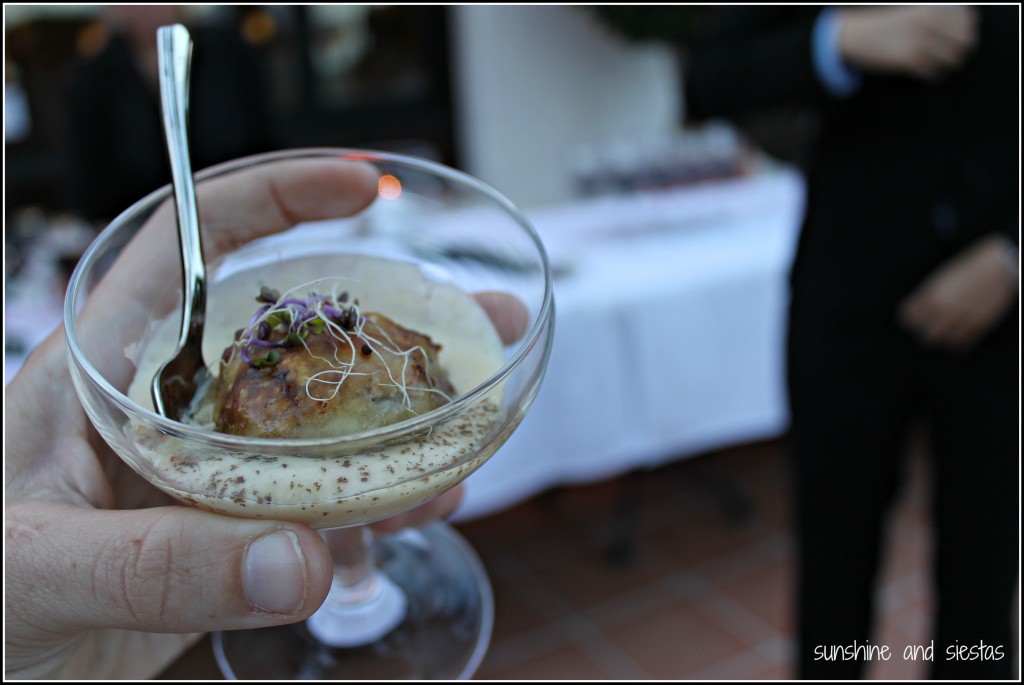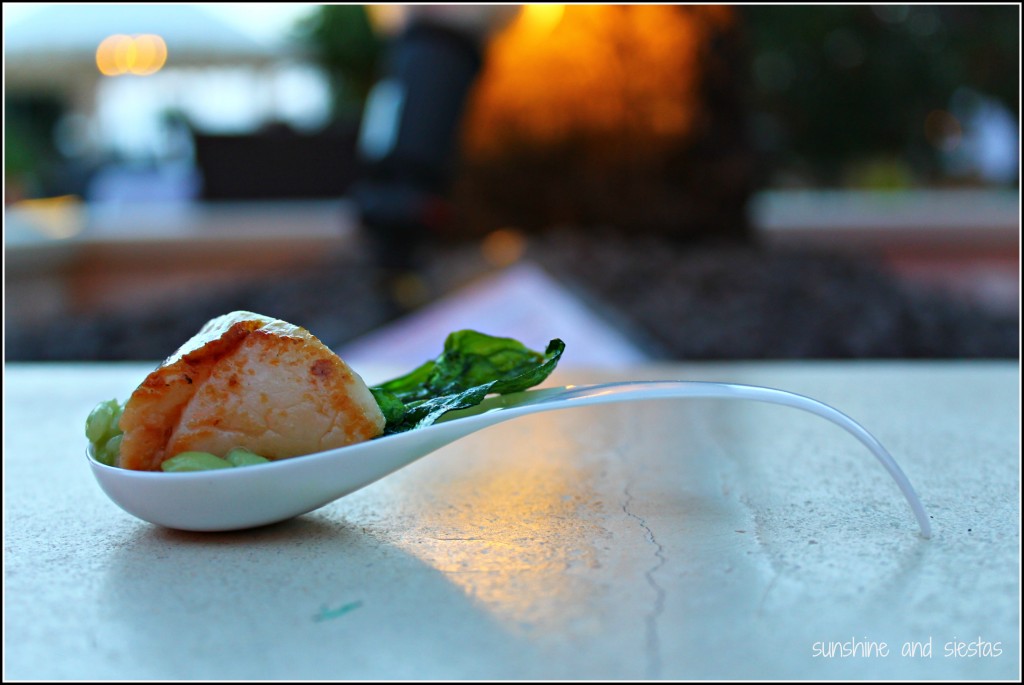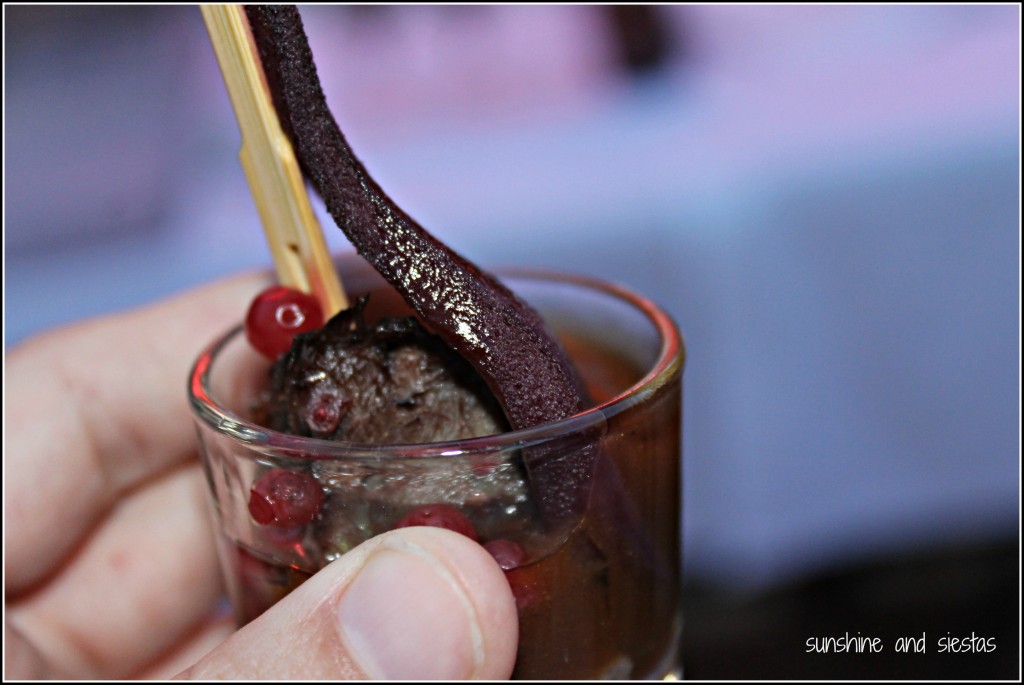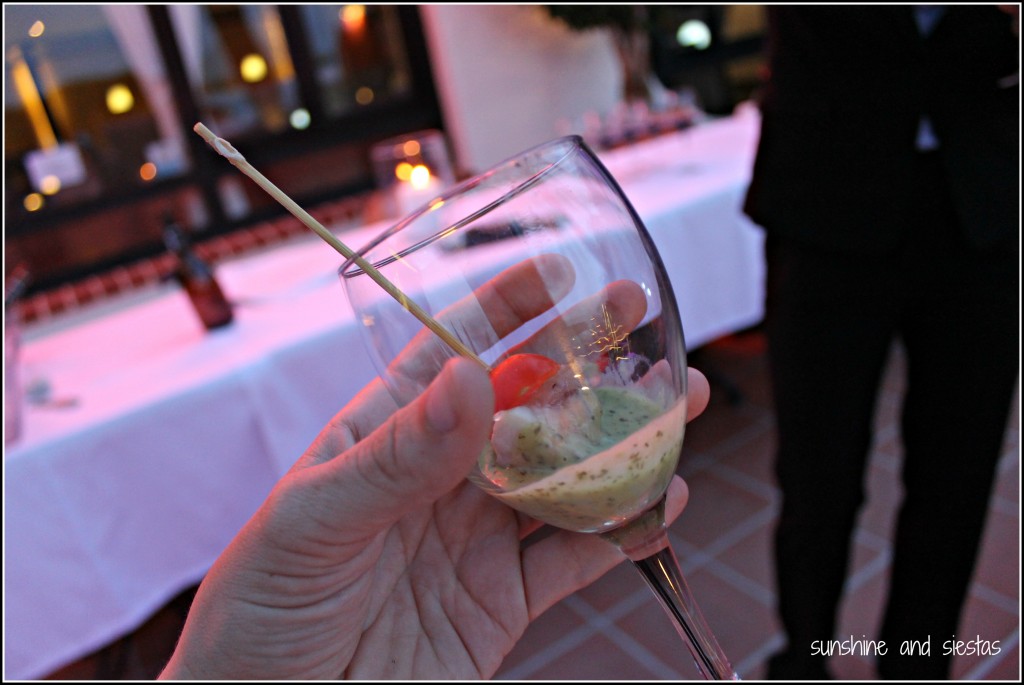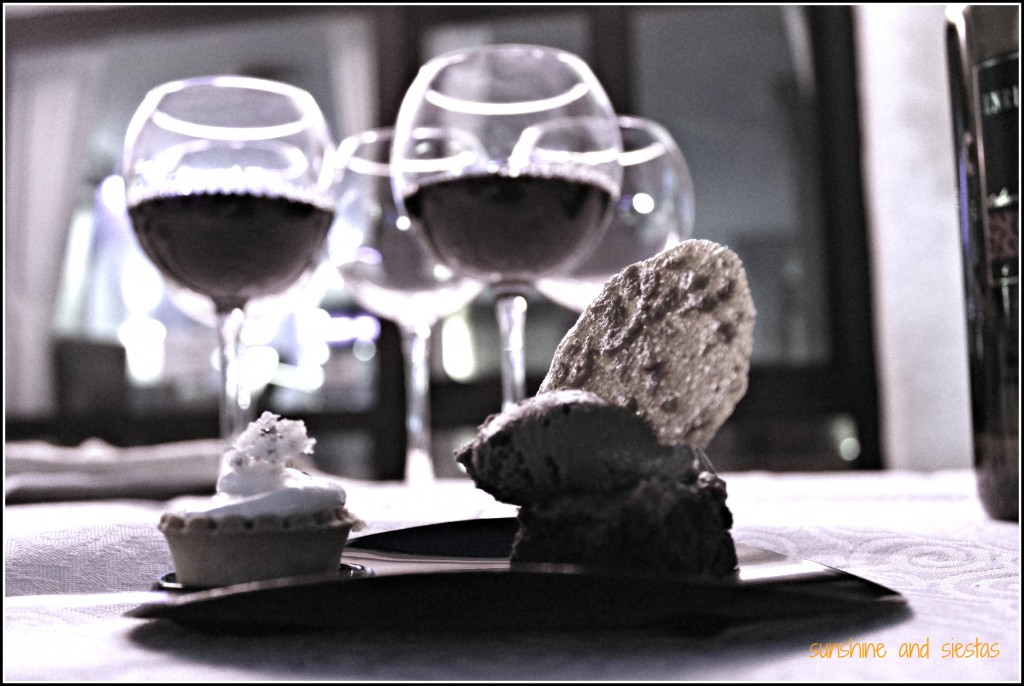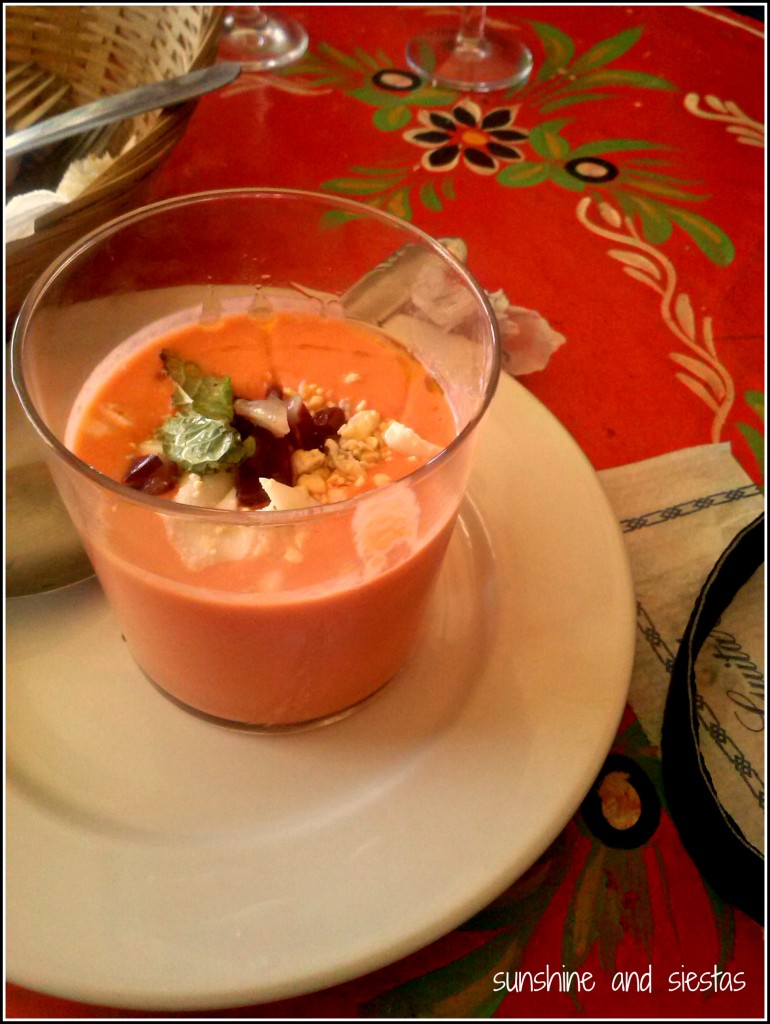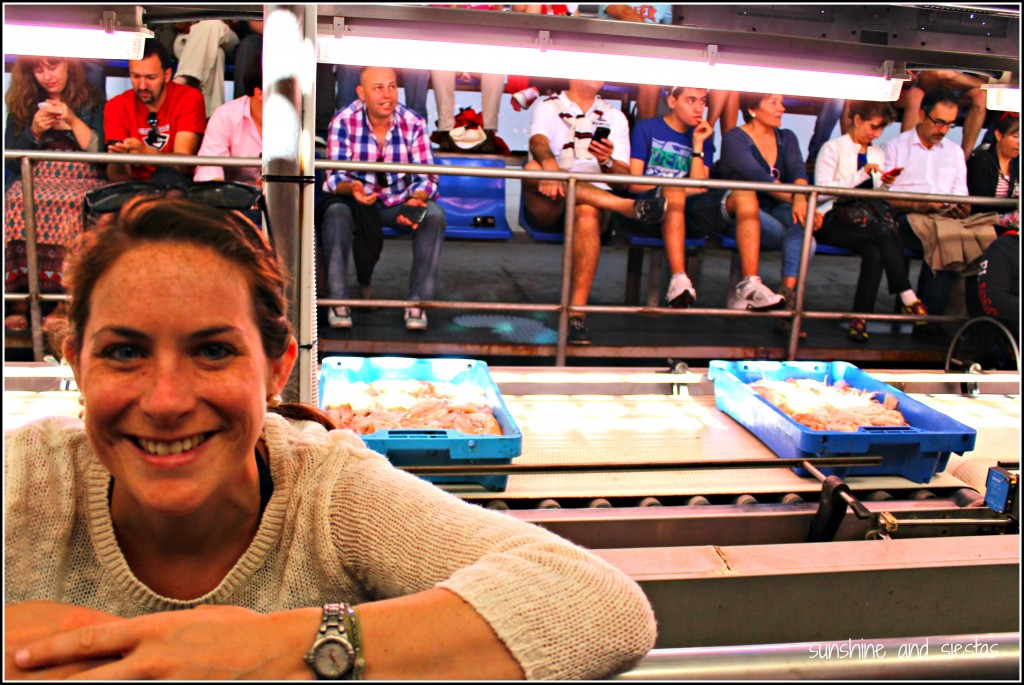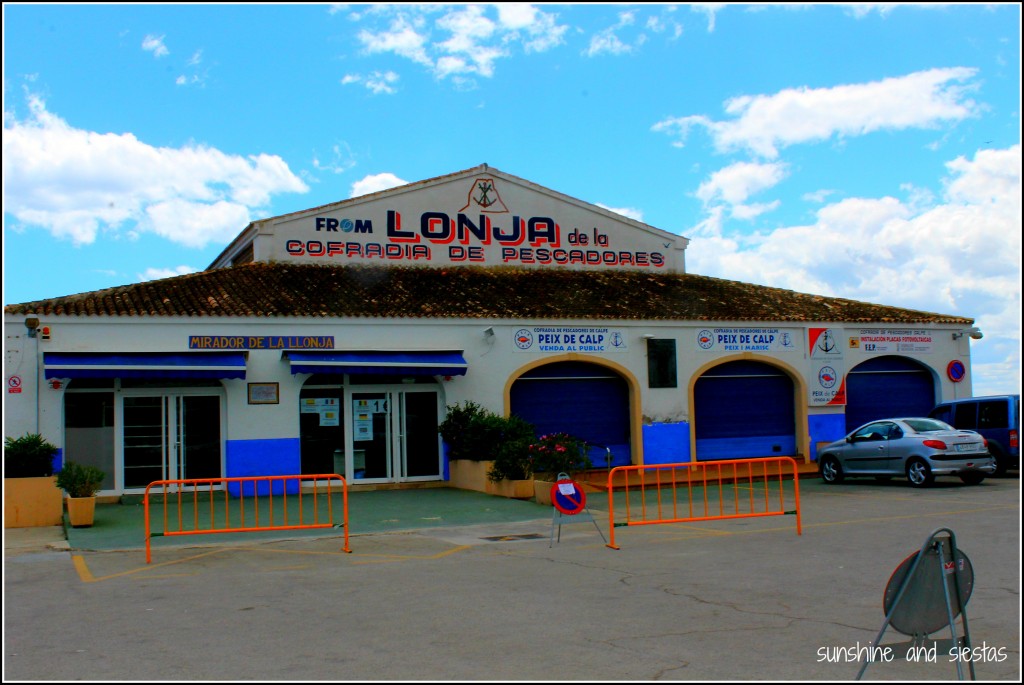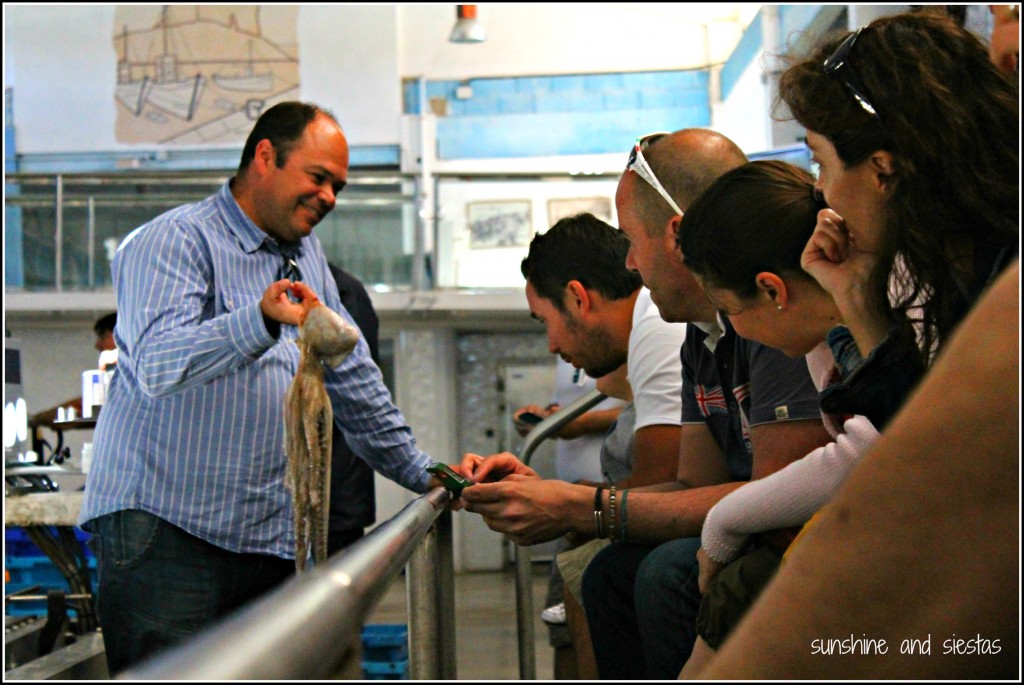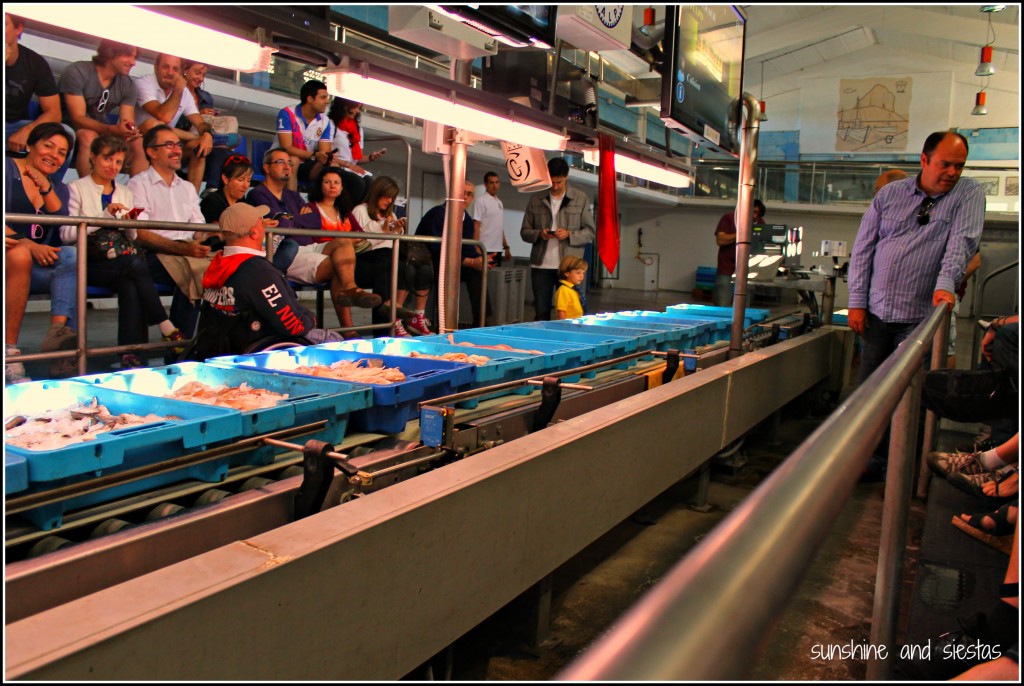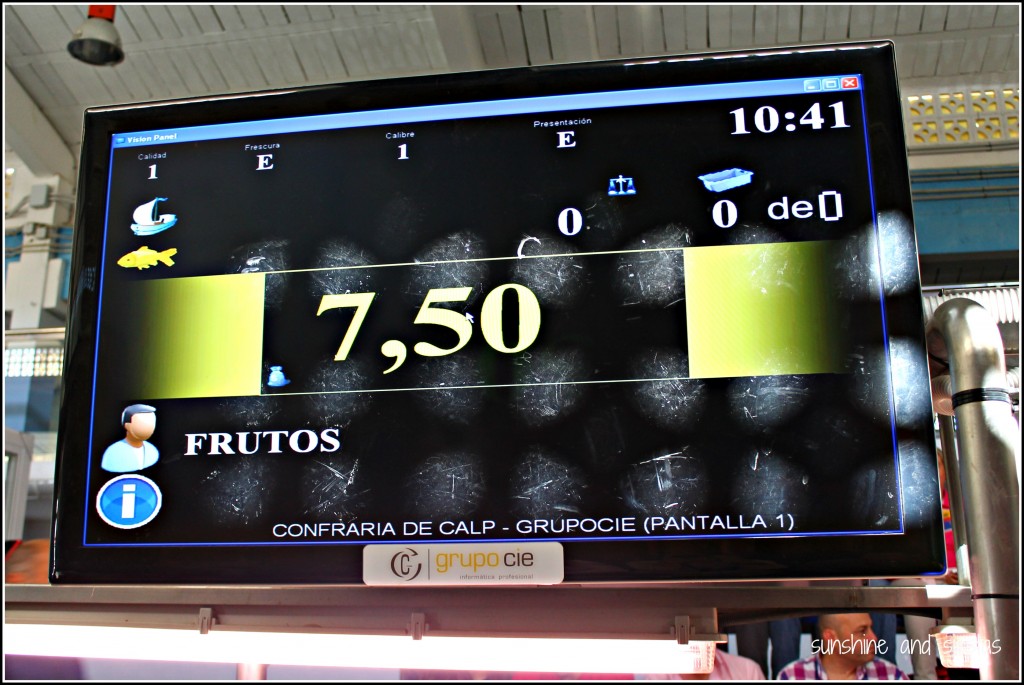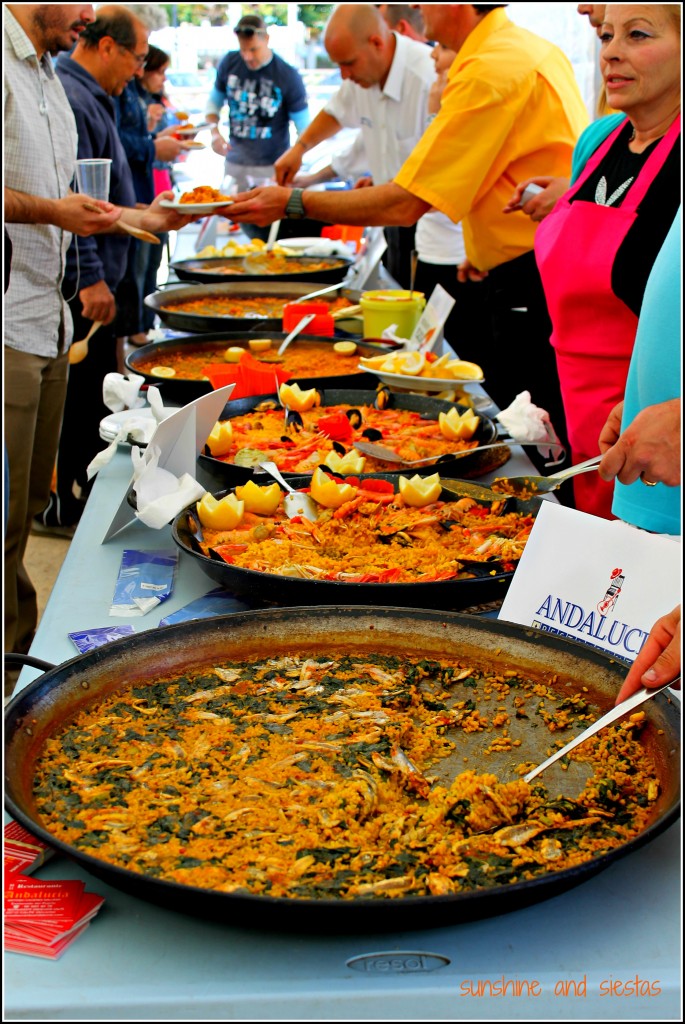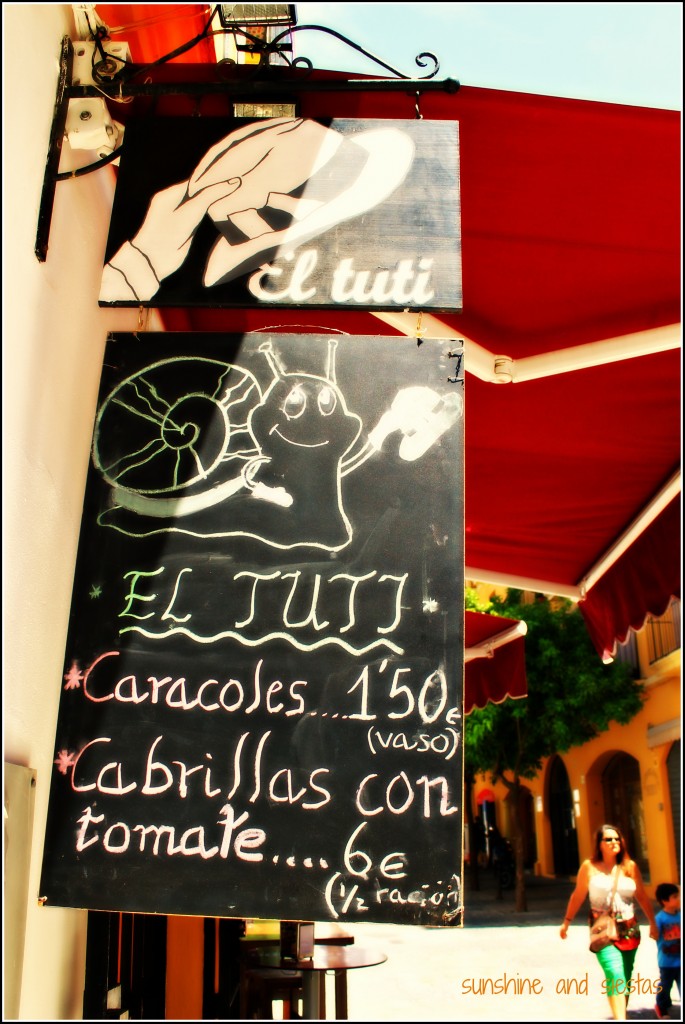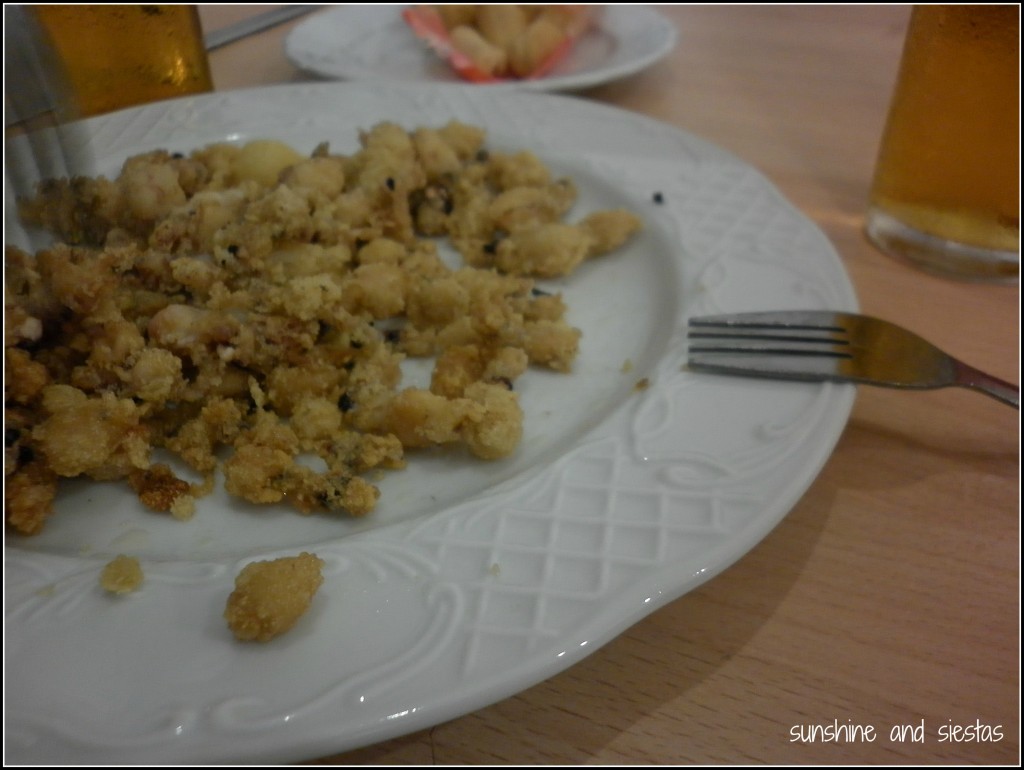Galician food makes my heart flutter – the piping hot pimientos del padrón, raxo smothered in roquefort sauce, fresh-caught shellfish displayed in every window of every bar on every street.
There are two reasons I spend my summers in Coruña, crossing my fingers that there will be little rain: one is because it’s way cooler, and the other because the food is incredible.
Even though I spend the majority of time eating in the camp cafeteria, the other teachers and I get the chance to actually go out and get some good food in our bellies. Before I tell you where, you need a primer in typical coruñés fare:
polbo a la feira – boiled octopus served over boiled potatoes with olive oil and paprika
navajas – razor clams that are pan seared and often served with lemon
pimientos del padrón – flash-fried green peppers. As the saying goes, some are spicy, others are not
empanada gallega – a pasty, most often stuffed with tuna or ground beef with peppers and onions
percebes – goose barnacles. I didn’t like them on my first run and now love them!
raxo – marinated pork loin, typically served with potatoes
zorza – spicy ground pork, treated with paprika and marinated in other spices
queso tetilla con membrillo – creamy ‘tit cheese’ served with a quince paste for dessert.
La Bombilla
Javi picked us up from the airport high above Coruña’s city center and promised us a surprise. We elbowed our way up to the counter, toasted to new friendships and chose tapas of off the short menu – tortilla, milanesa and croquetas the size of a baseball. La Bombilla, with its turn-of-the-century-esque bar and cheap thrills (aka tapas for just a euro apiece), is a staple in Coruña and one of my favorites. Locals sidle up to the bar at seemingly all hours of the day, so be sure to arrive early for lunch or dinner, or you’ll be forced to grab a plastic plate and find a place to sit on the ground outside. Calle de la Galera, 7
update: I read the sad news that La Bomilla will be closing on December 30th. Rumor is that it will re-open, but likely without the same encanto. Really bummed I didn’t get one last giant croqueta.
O Renchucho de Mayte
Far and away my favorite in Coruña, this little corner bar is always packed for its cheap, home-cooked food and exceptional service. You can’t miss the raxo con roque or the crispy calamares, and the bar now features takeout, too. I am a sucker for their croquetas and cheese, and the tapas are generous and inexpensive. The bar is closed Sundays. Portico Andrés, s/n
The cafeteria at the Yacht Club with no name
Oftentimes, a menú del día, the Spanish equivalent of a three-course meal, is too much for me to eat. But everytime I’m in Coruña, I’ll skip breakfast in favor of the views of the port and across the bay to Santa Cristina beach from the yacht club. While the food is often billed as generic (think caldo gallego or a mixed salad for firsts), it’s served fresh and in heaping portions. What really makes the meal is the atmosphere, with the sea breeze ruffling your napkin and the sun peeking around the enormous glass building. Located in the Club Náutico on Avda. del Puerto.
Parillada Alcume
After all those rounds of pulpo and empanada, I need meat. When it comes down to it, I am a corn- and beef-fed Midwesterner, so I can’t pass up on a parrillada, or a restaurant where meats are grilled over open coals. I’d passed Alcume loads of times, as it’s just off the shopping district, but it wasn’t until a camp vegetarian suggested its mixed plate of meaty good that we decided to try it.
You know it’s good when even the veggie-lover wants to go. We often have to wait to sit down, particularly at the wooden tables outside, but filling ourselves to the brim with sausages and flank steaks makes it worth it. And it’s a lot easier to identify the parts than it is in the camp cafeteria. Calle Galera, 44-46
Pan de Lino
I heard a rumor that there were bagels in Coruña. I gasped, horrified that there would be a place that sells my favorite breakfast food in a small port city before my beloved Seville.
As it turns out, this was merely a rumor (though I did have a bagel sandwich in Cafetería Vecchio, near the Casino), but Pan de Lino’s inviting bakery counter, beautifully mismatched furniture and organic menu is a nice change from the old man bars I usually frequent. The service is terrible, but as long as you’re accompanied with friends and something delicious, you can let it go. Calle Rosalia de Castro, 7
O Mesón Galego
The cream of Galicia’s crop is, without a doubt, its shellfish. As has become tradition, we take our camp cash to the nearest marisquería for a mariscada, or a seafood smorgasboard. I’m sure there are places that are much better (and thus more expensive!), but we group into three and split a 46€ heap of shellfish with a bottle of crisp albariño wine. The kitchen is open, and you can watch the robust cook hack away at crab legs like it ain’t no thang. I’ve also had their pimientos and empanada and approve. Calle de la Franja, 56.
Asiayu Japanese Restaurant
I thankfully have a few friends in Coruña who are always quick to point out new finds and tear me away from Mayte and Bombilla. When Julie and Forrest discovered an all-you-can-eat sushi buffet next to the beach, half of the teaching staff went down to pig out on something other than carbs. The dinner menuú runs 13,95 plus a drink, and you can choose two hot plates in addition to everything that comes around the belt. The sushi was hand rolled right in front of us, but I was too busy pouting about sitting at the end of the loop and not being able to grab the fried sushi or the dumplings before the greedy hands of the other Ts got them (though this did distract them from my terrible chopstick skills). Calle Buenos Aires, 7 Bajo
There are loads of other places I’ve tried – a hidden Mexican joint with great margaritas, an Indian place with an affordable menú, nondescript holes-in-the-wall whose names I’ve long forgotten. Then there are the places I’d love to try, like Spoom’s creative cuisine. But, somehow, the appeal of one euro tapas, a sushi conveyer belt and the tried and true always win out. But really, I’ll go anywhere I see an upturned octopus in the window.
Have you ever been to La Coruña and have any places to recommend? If you liked this post, you can download an offline version of the article with the GPSMyCity app!
